
Peoples and Languages
Social Media
Leave comments, suggestions, keep an eye on news in our groups on VK, Odnoklassniki and Telegram channel
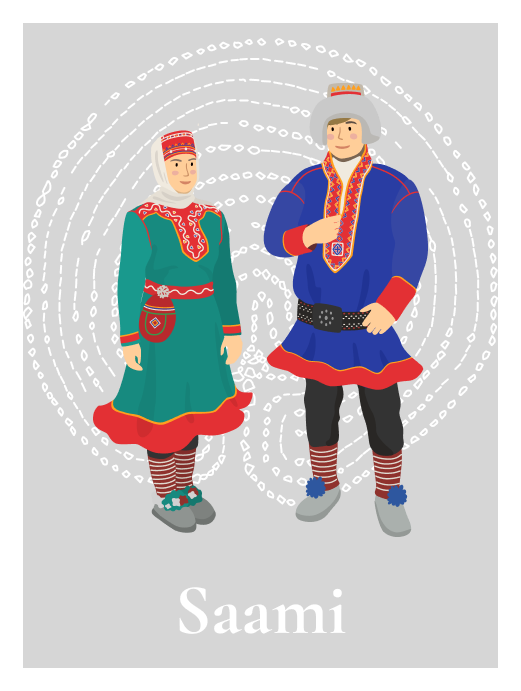
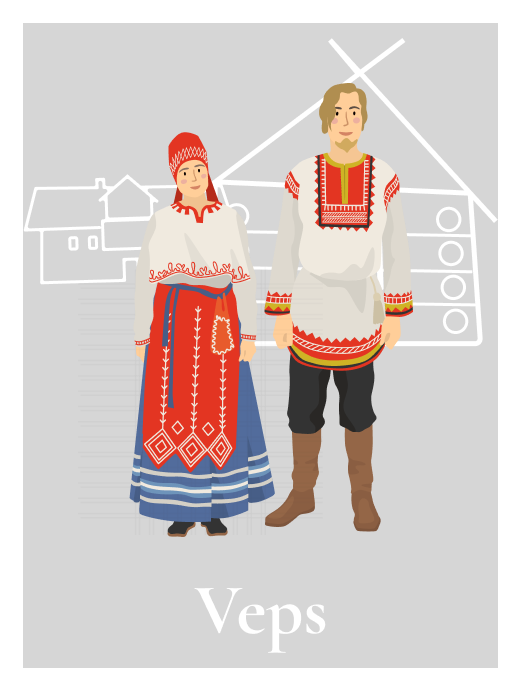
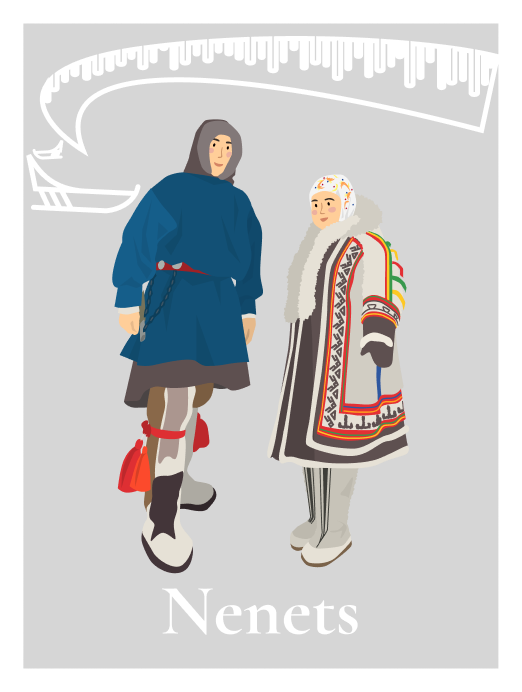
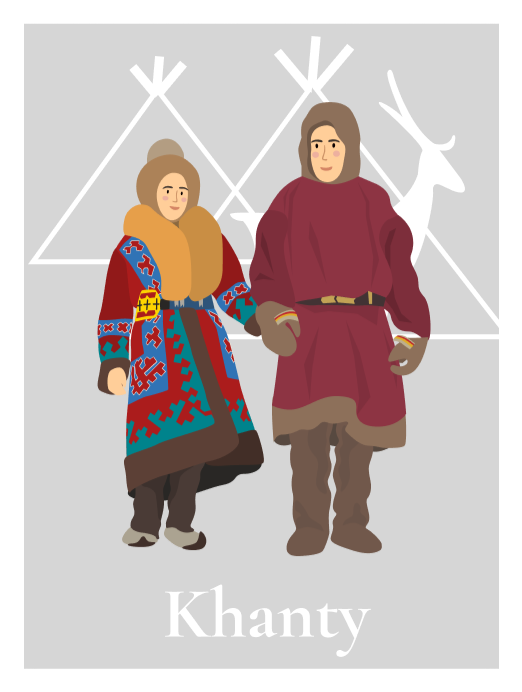
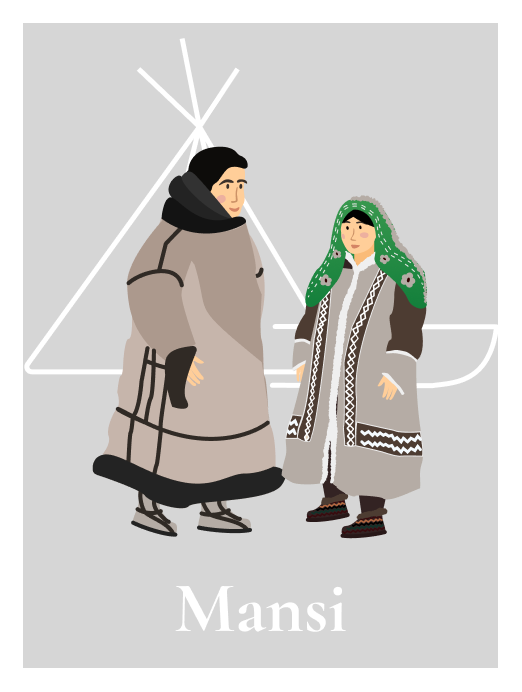
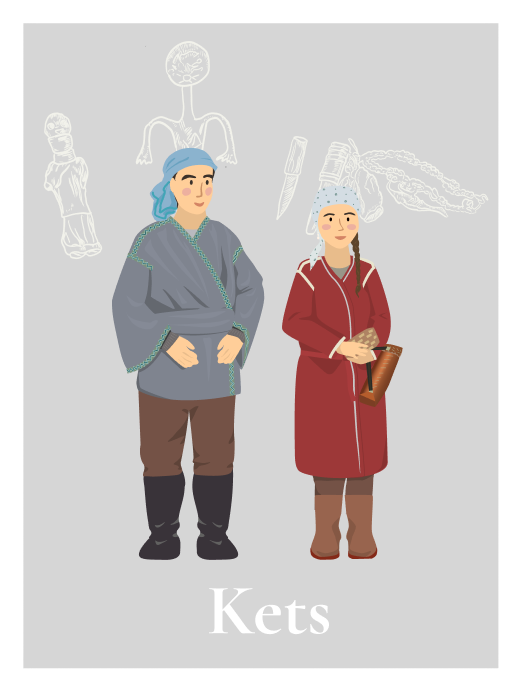
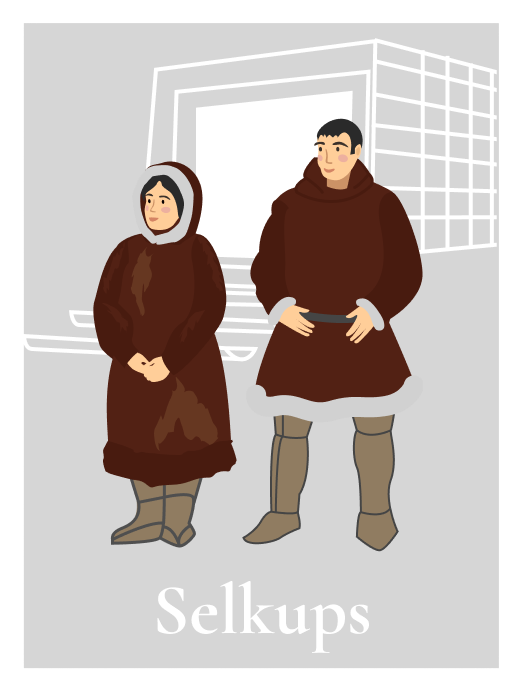
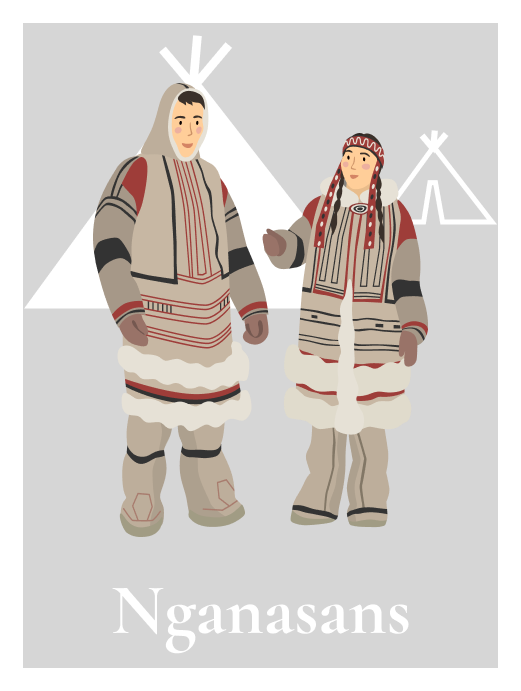
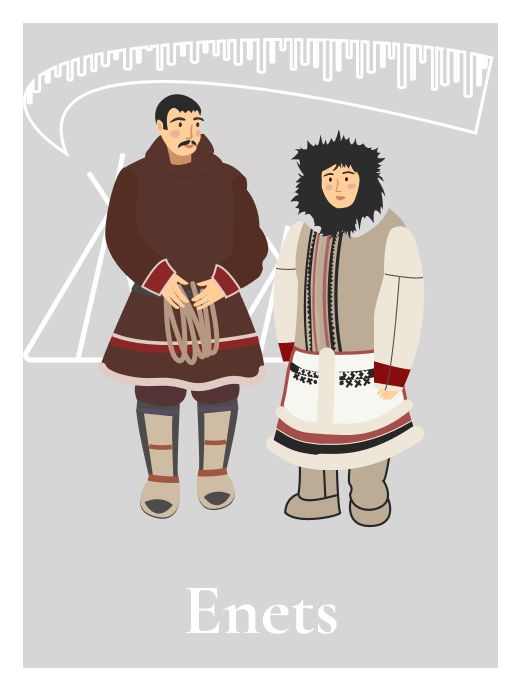
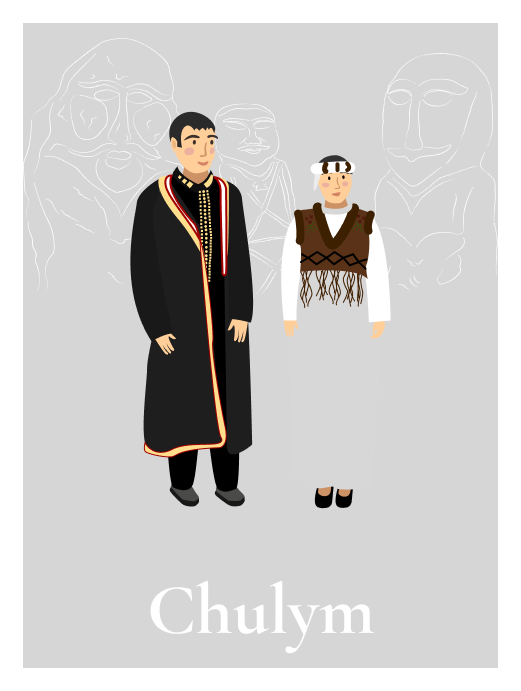
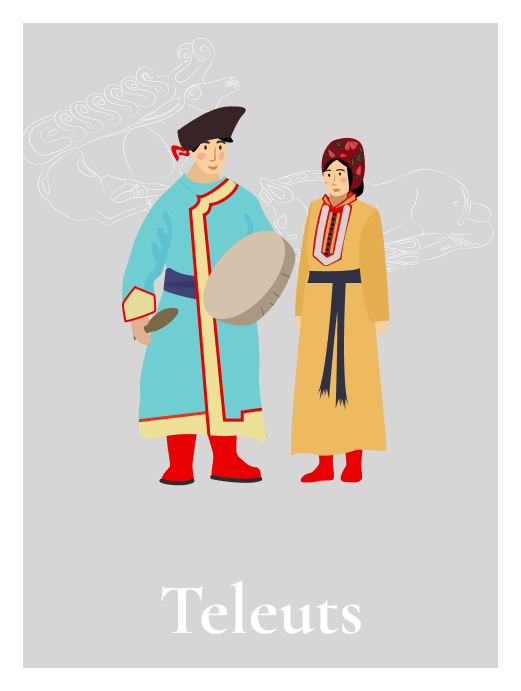
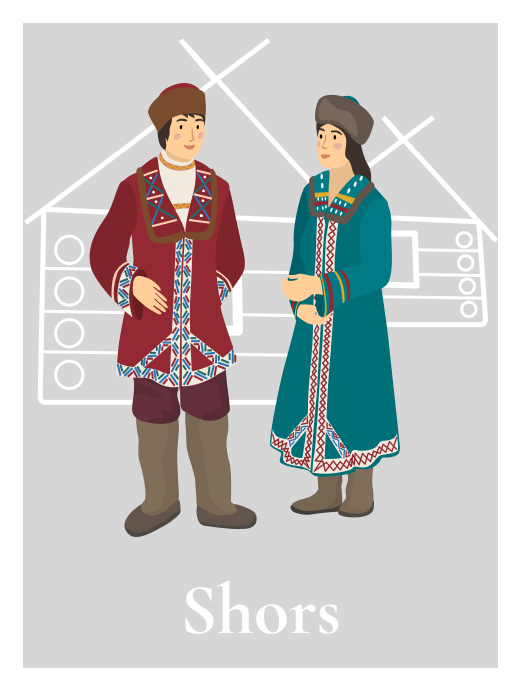
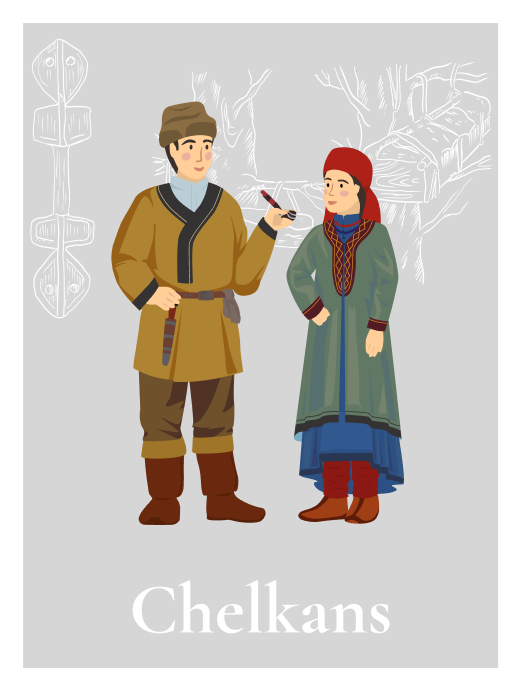
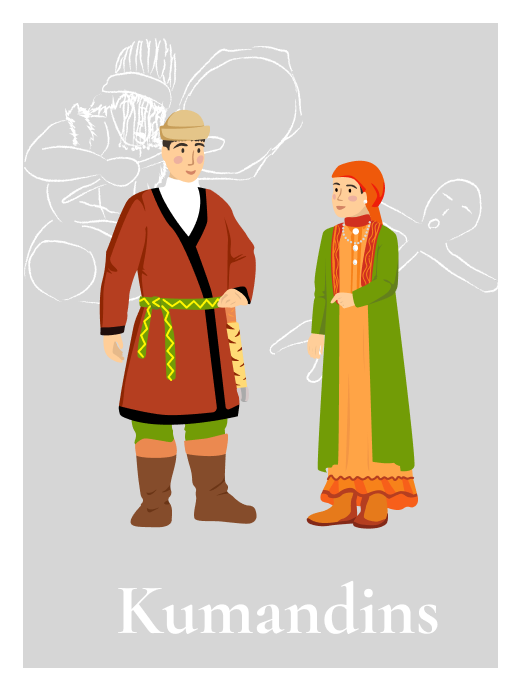

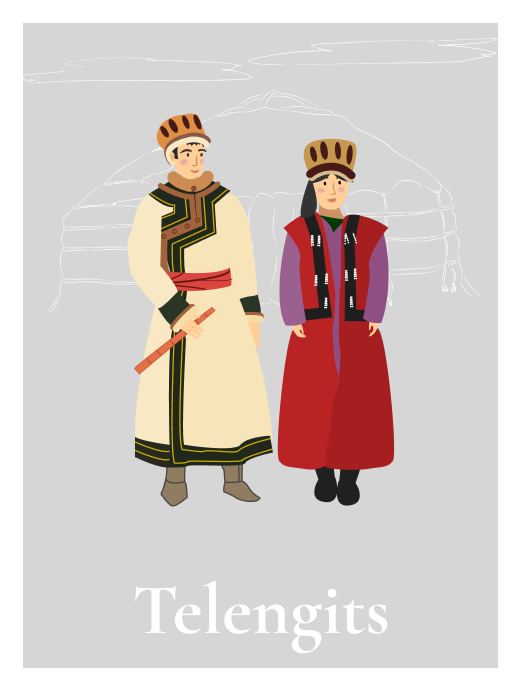
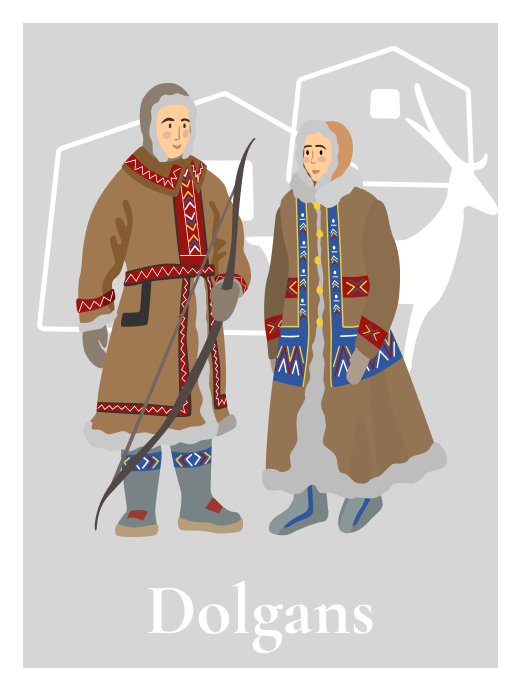

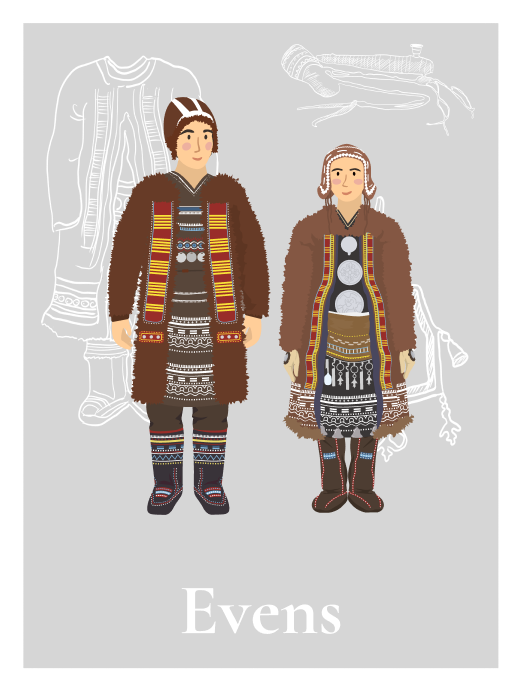
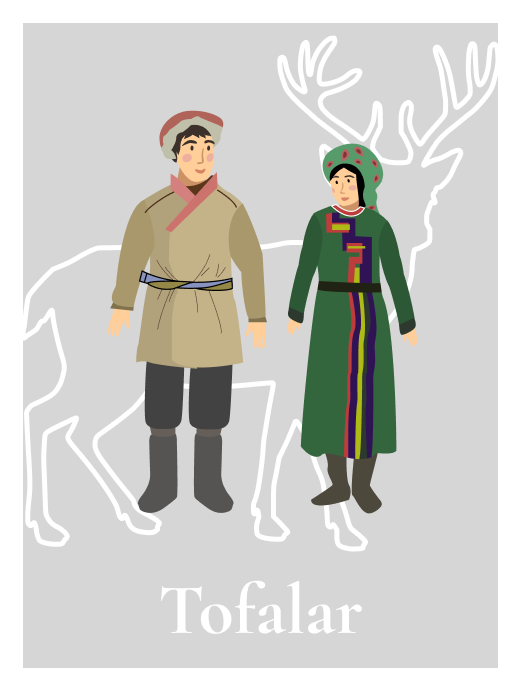
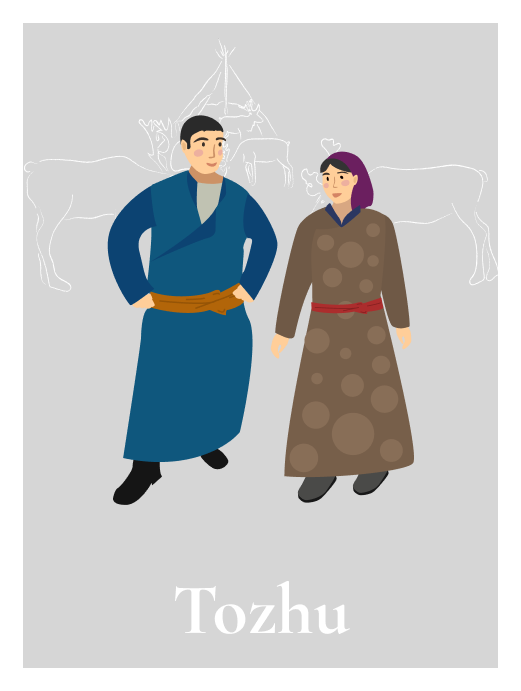

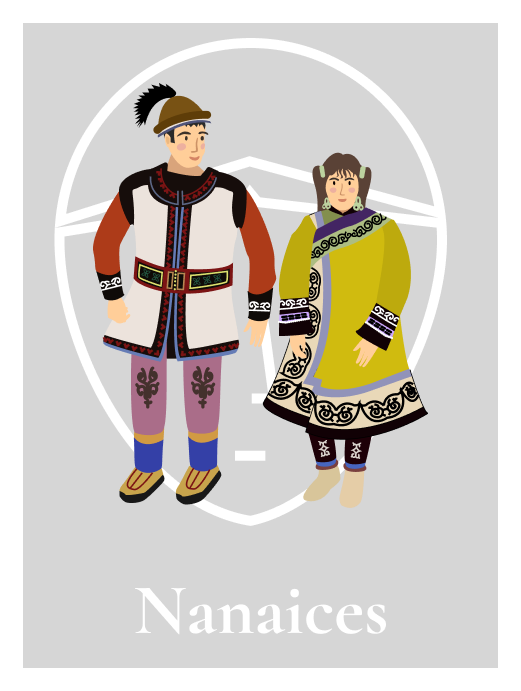
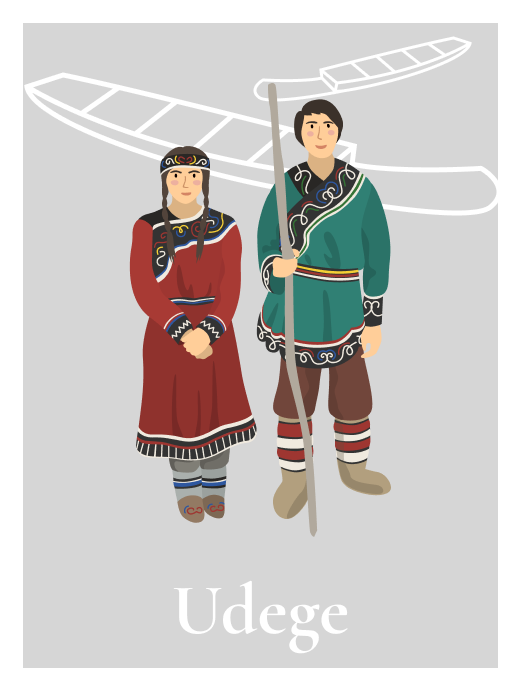
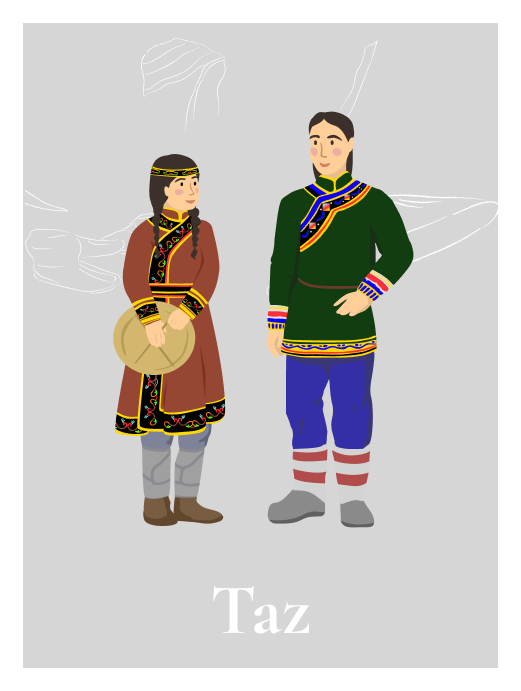


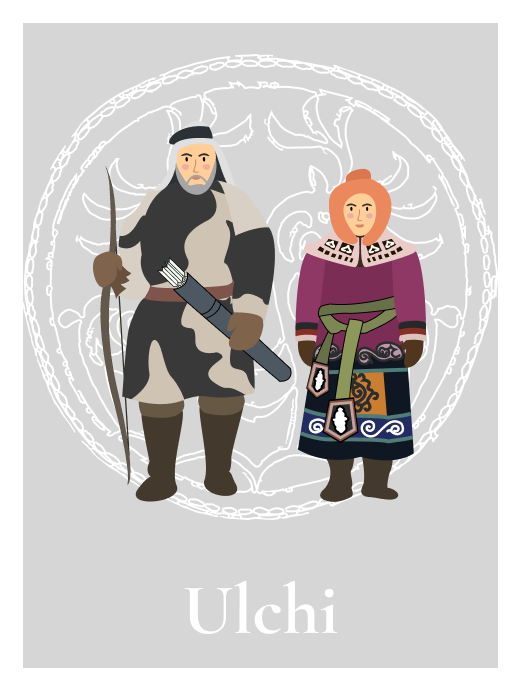

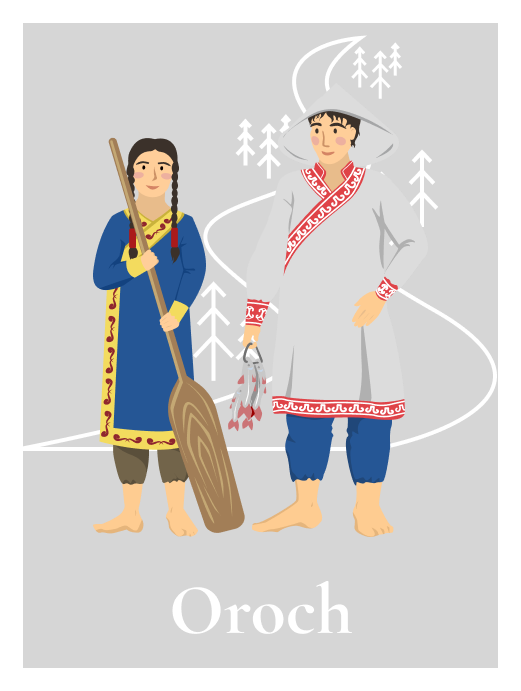
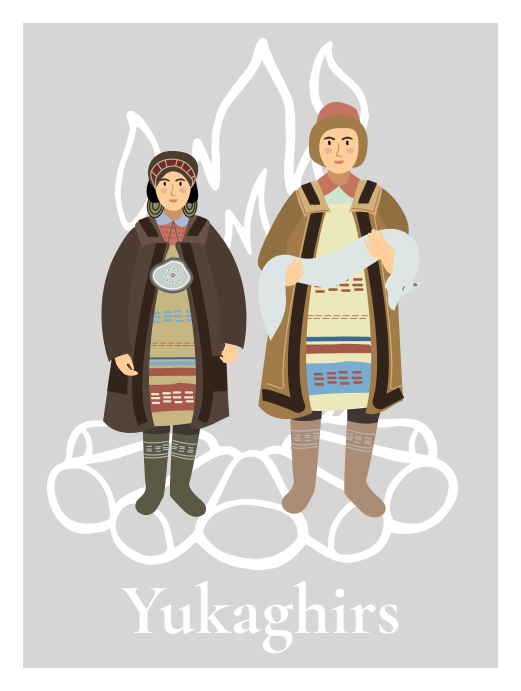
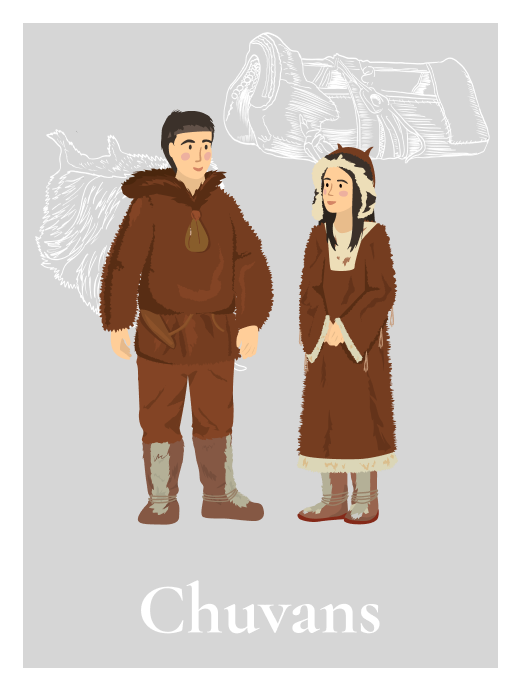

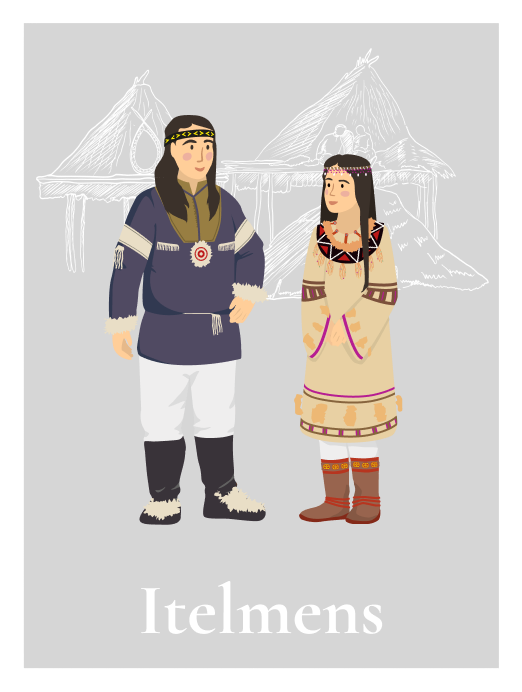
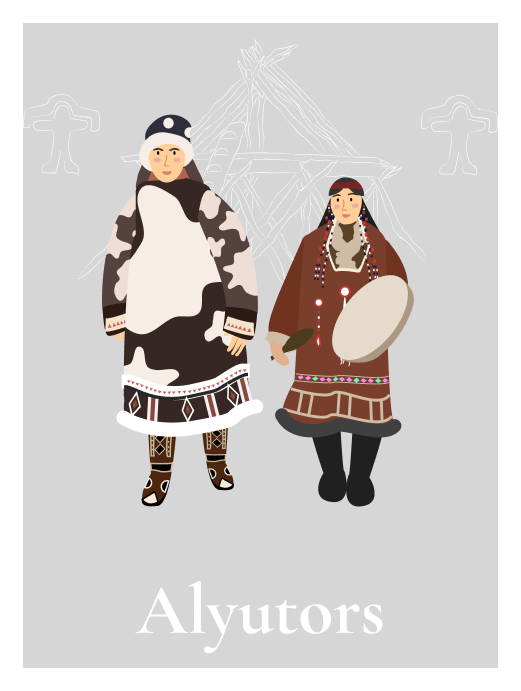
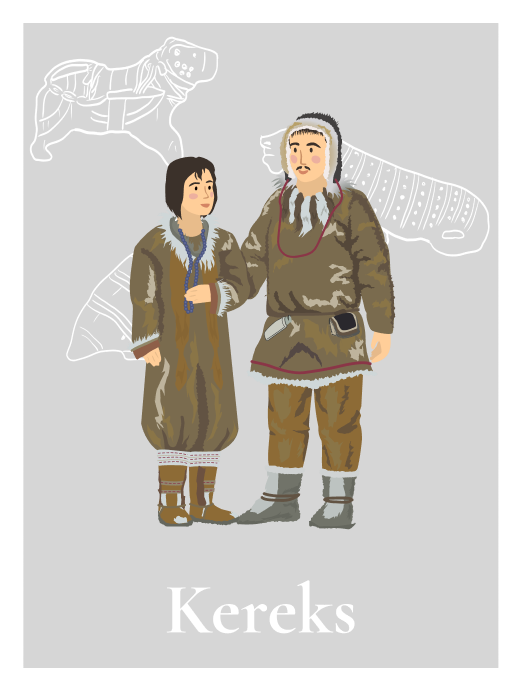


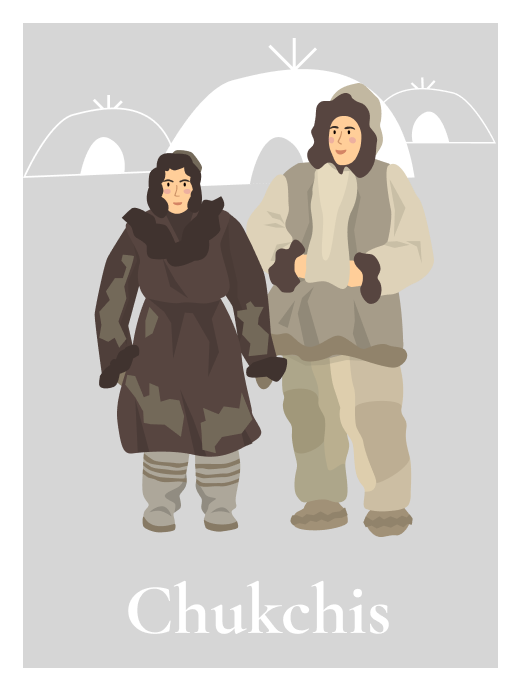
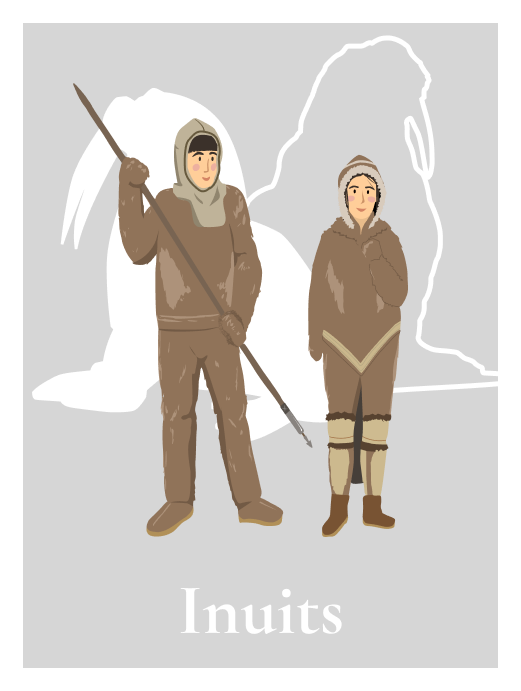
The Soyot live in the Oka (the villages of Sorok and Orlik) and the Tunka (the village of Mondy) districts of the Republic of Buryatia, but mostly they live in the Oka District, and consequently, scholars frequently term them the Oka Soyot.
The people called the Soyot (t is the plural formant in Mongolian) played a special role in the genesis of the Soyot people, and their ethnonym was transferred to today’s Soyot of Buryatia. In the 18th century, Russian documents recorded the Soyot as living along the eastern shore of Lake Khövsgöl from the river Egiin-Gol in the south to the Tunka Belki (snow-covered mountains) in the north. The Soyot living around Lake Khövsgöl were livestock breeders, and those living in the Tunka Belki were hunters and reindeer herders. The clans Kara-Soyan and Saryg-Soyan, part of the Soyan arban (an administrative clan unit) of the Kol sum, lived in the upper reaches of the Kyzyl-Khem and along the rivers of Ilegtyg, Kara-Kem, Khyiay, and Khamdysh. The entire population of this sum (a clan administrative unit of the Republic of Tuva) were hunters and reindeer herders. Nomads from the Soyan sum who were part of Mongolia’s Amban Banner (a territorial administrative unit in Mongolia) roamed the northern slopes of the Tannu-Ola mountains.
Currently, population in the district is fragmented. Nearly half live in the district center (the village of Orlik), the rest live along the valley of the river Oka in small villages with population of 100-500 persons.
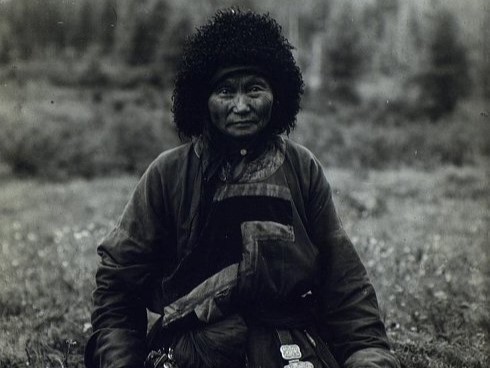
Traditional religious beliefs are part of a culture’s worldview aspect and comprise an elaborate complex of various beliefs in animism and magic, of superstitions and taboos. Many are linked with the mountain worship that is underlain by land worship.